Gum health plays a crucial role in overall oral wellness, yet many people overlook the warning signs of gum disease until problems become serious. Healthy gums protect teeth from decay and help maintain a bright smile, while unhealthy gums can lead to tooth loss and other health complications.
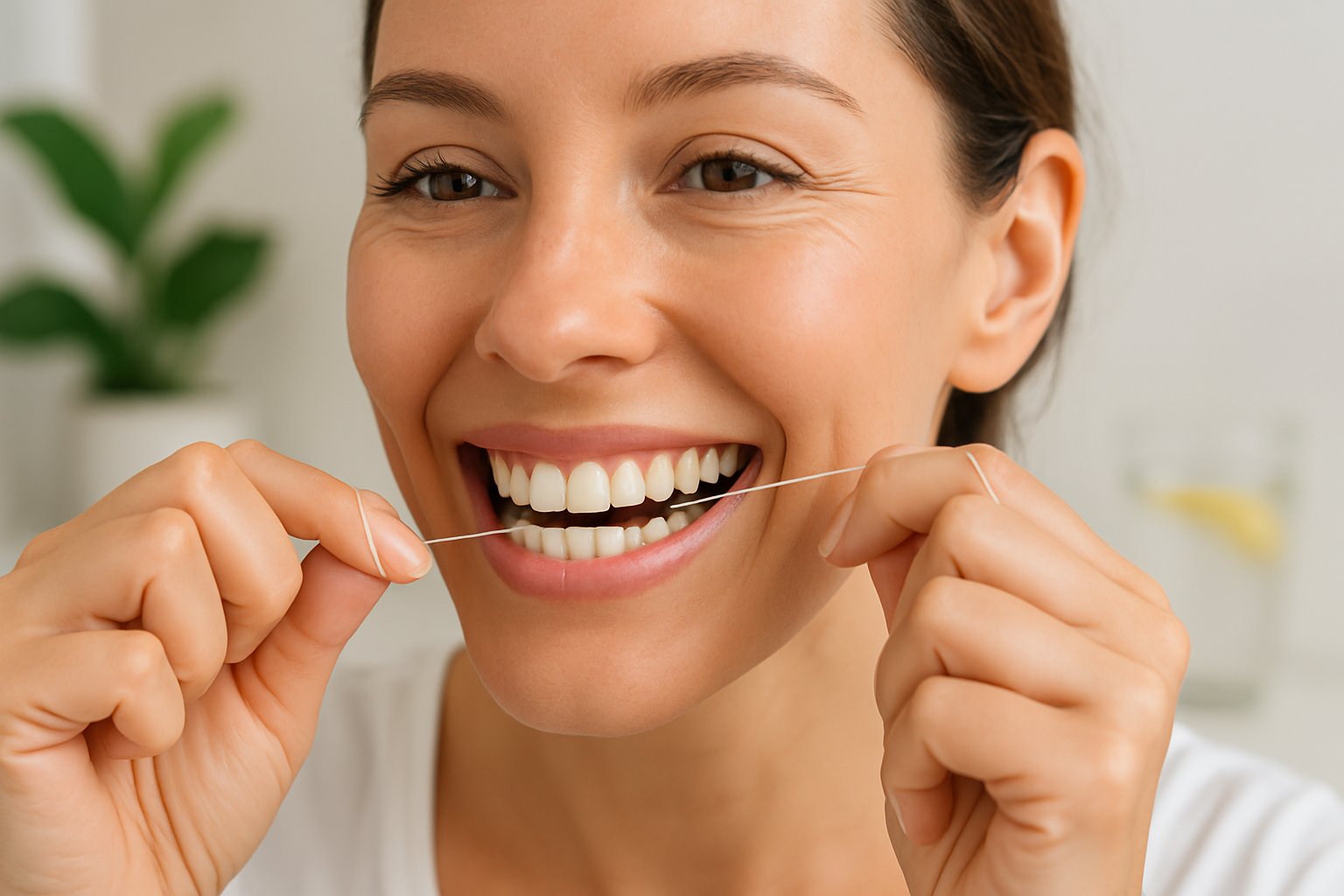
Simple daily habits like proper brushing, flossing, and making smart lifestyle choices can dramatically improve gum health in a matter of days or weeks. These evidence-based strategies focus on removing harmful bacteria, reducing inflammation, and supporting the body’s natural healing processes to restore gum health quickly and effectively.
1. Brush twice daily with a soft-bristled toothbrush to reduce gum irritation
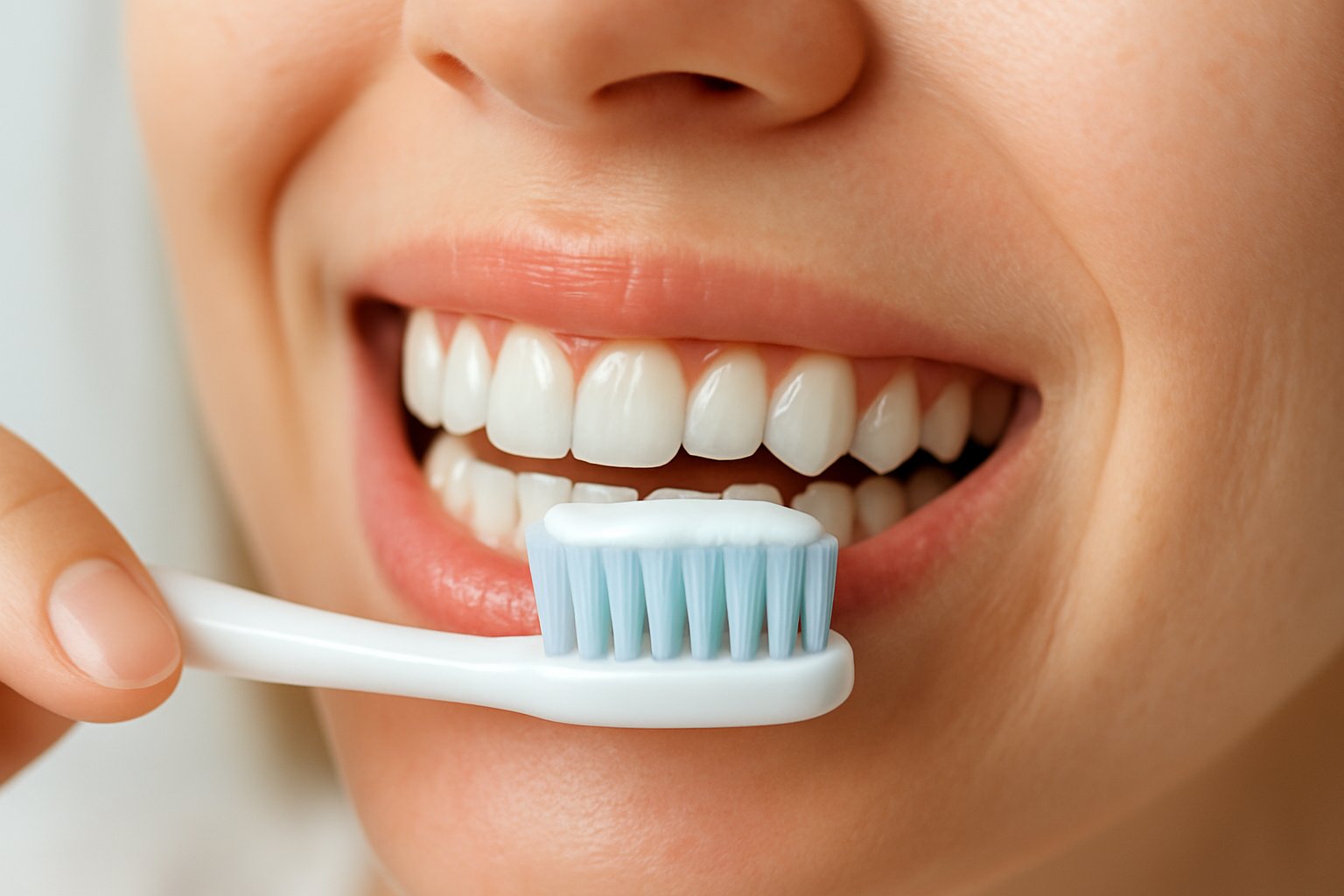
Brushing teeth twice a day with a soft-bristled brush[1] helps protect gums from damage. Hard bristles can scratch and irritate delicate gum tissue.
Soft bristles clean teeth well while being gentle on gums. They remove plaque without causing harm to the gum line.
People should choose a toothbrush that fits their mouth size. The brush head needs to reach all areas easily for proper cleaning.
Soft-bristled toothbrushes prevent gum damage and irritation[2] better than medium or hard bristles. This makes them the best choice for gum health.
Regular brushing removes bacteria that cause gum problems. Morning and evening brushing sessions work best for most people.
The toothbrush should be replaced every three to four months. Worn bristles lose their cleaning power and may hurt gums.
Gentle circular motions work better than scrubbing back and forth. This technique cleans well without irritating gums.
Consistent daily brushing with the right toothbrush helps gums stay healthy. It reduces swelling and bleeding over time.
2. Floss daily to remove plaque and debris between teeth
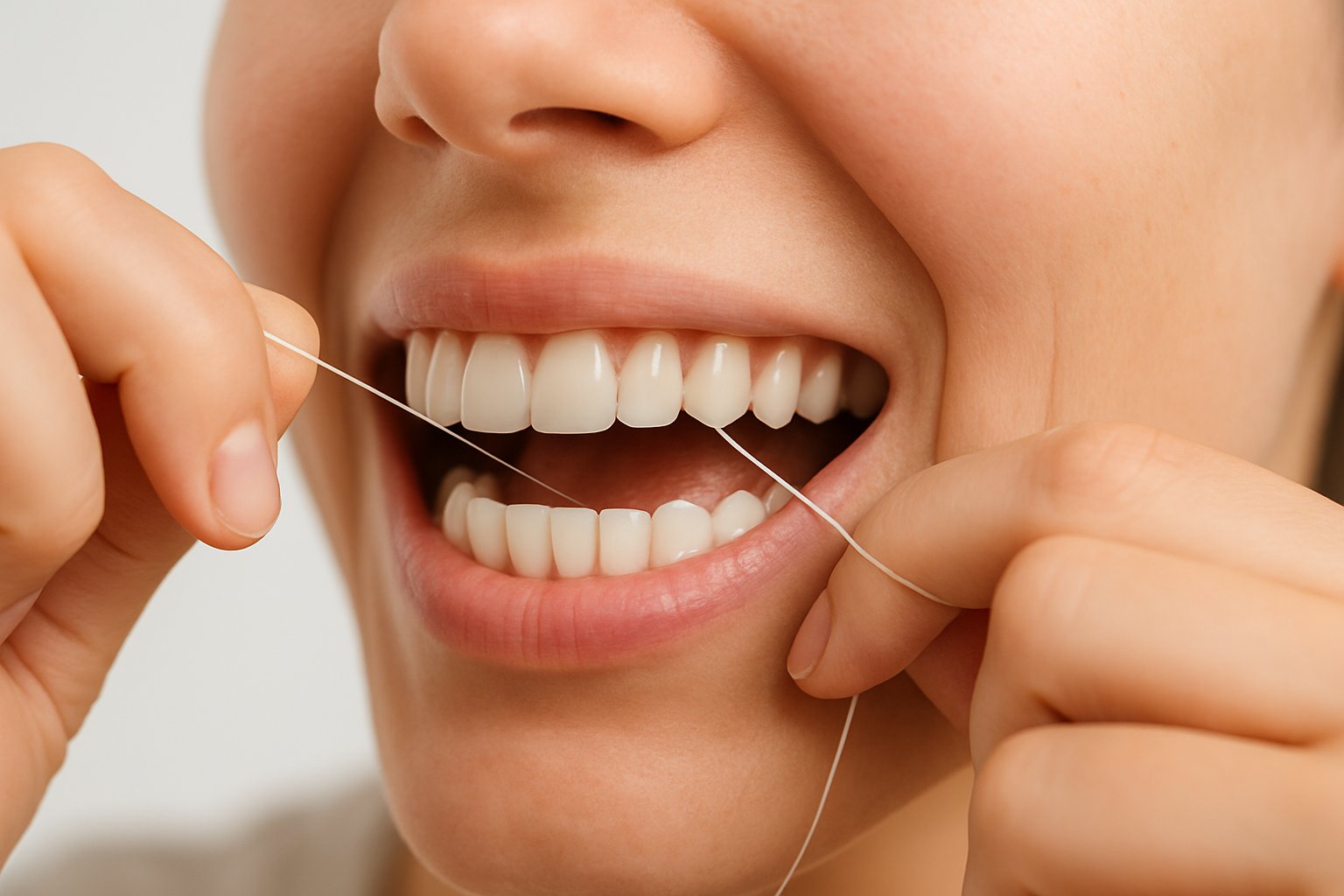
Toothbrushes cannot reach all areas of the mouth. Even the best brushing leaves spaces between teeth uncleaned.
Flossing helps remove debris and plaque[3] that collects between teeth. This plaque buildup leads to gum disease and tooth decay when left untreated.
The American Dental Association recommends flossing once daily[4] to maintain healthy teeth and gums. Daily flossing removes food particles and sticky plaque film.
Proper flossing technique[5] makes the biggest difference. Many people floss incorrectly, which reduces its benefits.
Use about 18 inches of floss wrapped around middle fingers. Gently guide floss between teeth using a back-and-forth motion. Curve the floss around each tooth and slide it under the gum line.
Interdental cleaners[3] offer alternatives to traditional floss. Water flossers, interdental brushes, and floss picks can effectively clean between teeth.
Regular flossing reduces gum inflammation within days. Consistent daily flossing prevents plaque buildup and keeps gums healthy long-term.
3. Use an antimicrobial mouthwash to reduce bacteria causing gum inflammation

Antimicrobial mouthwashes contain ingredients that kill harmful bacteria in the mouth. These bacteria cause inflammation and irritation of the gums.
Mouthwash can help reduce the chance of getting gingivitis[6], which causes inflammation of the gums. Gingivitis is the early stage of gum disease that makes gums red, swollen, and bleed easily.
People should look for mouthwashes that specifically target gum health. Some products are designed to reduce gum inflammation and reverse early signs of gum disease without causing a burning sensation.
Antimicrobial mouthwashes decrease the amounts of bacteria in the mouth[7]. The exact amount needed depends on how severe the gum problems are.
Regular use of antimicrobial mouthwash works best when combined with proper brushing and flossing. It reaches areas between teeth and along the gum line where bacteria often build up.
Most antimicrobial mouthwashes should be used twice daily after brushing teeth. People should swish the liquid around their mouth for 30-60 seconds before spitting it out.
4. Eat a balanced diet rich in vitamin C and antioxidants to promote gum healing

Vitamin C plays a key role in gum health. It helps the body make collagen, which keeps gums strong and healthy.
People who don’t get enough vitamin C may develop bleeding gums. Their gums may also heal more slowly from injury or disease.
Citrus fruits like oranges and grapefruits contain high amounts of vitamin C. Strawberries, kiwi, and bell peppers are also good choices.
Antioxidants help fight inflammation in the gums. They protect gum tissue from damage caused by harmful bacteria.
Leafy greens like spinach and kale provide antioxidants and vitamins. Blueberries, cranberries, and other dark berries are rich in protective compounds.
Green tea contains antioxidants that may reduce gum inflammation. Drinking it regularly might help improve gum health.
A balanced diet can help heal gum disease[8] naturally. Foods high in nutrients give the gums what they need to repair themselves.
Nuts and seeds provide vitamin E, another important nutrient for gum health. Almonds, sunflower seeds, and walnuts are good options.
Avoiding sugary and processed foods helps too. These foods feed harmful bacteria that can make gum problems worse.
5. Avoid tobacco products as they increase risk of gum disease
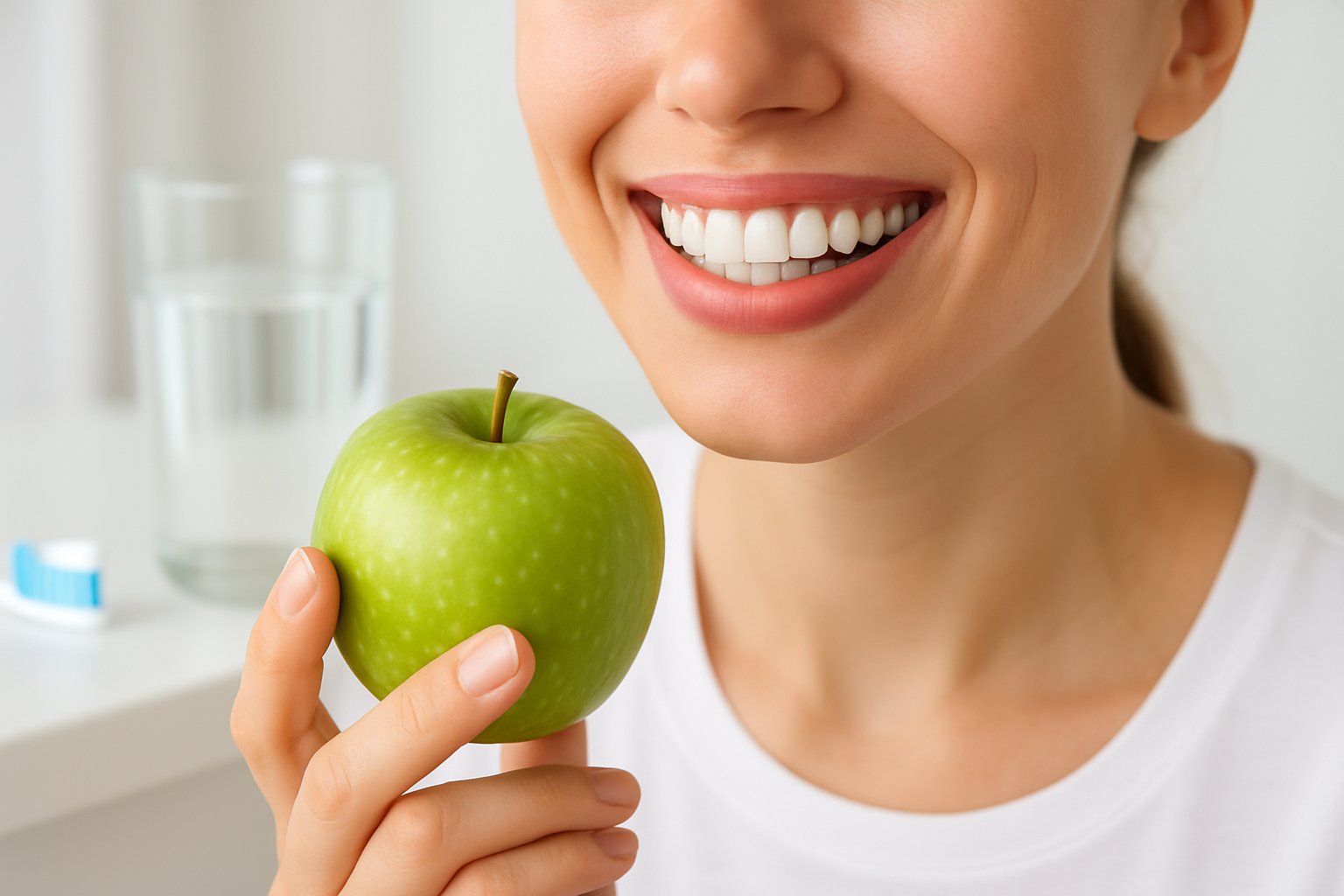
Tobacco use in any form significantly raises the risk of developing gum disease. People who smoke have twice the risk of gum disease[9] compared to nonsmokers.
Tobacco users are more likely to have calculus[10], which is hardened dental plaque that builds up along the gum line. This buildup makes gum disease worse over time.
Cigarettes, pipes, and smokeless tobacco all pose risks to gum health. The chemicals in these products damage gum tissue and reduce blood flow to the gums.
Vaping and smoking can impact oral health[11] by increasing the chances of gum problems and tooth loss. People who use these products face higher rates of complications after dental procedures.
Nicotine restricts blood vessels in the gums. This makes it harder for gums to heal and fight off infections that cause gum disease.
Quitting tobacco products helps gums heal faster and reduces future gum disease risk. The benefits to gum health begin within days of stopping tobacco use.
6. Schedule regular professional dental cleanings every 6 months
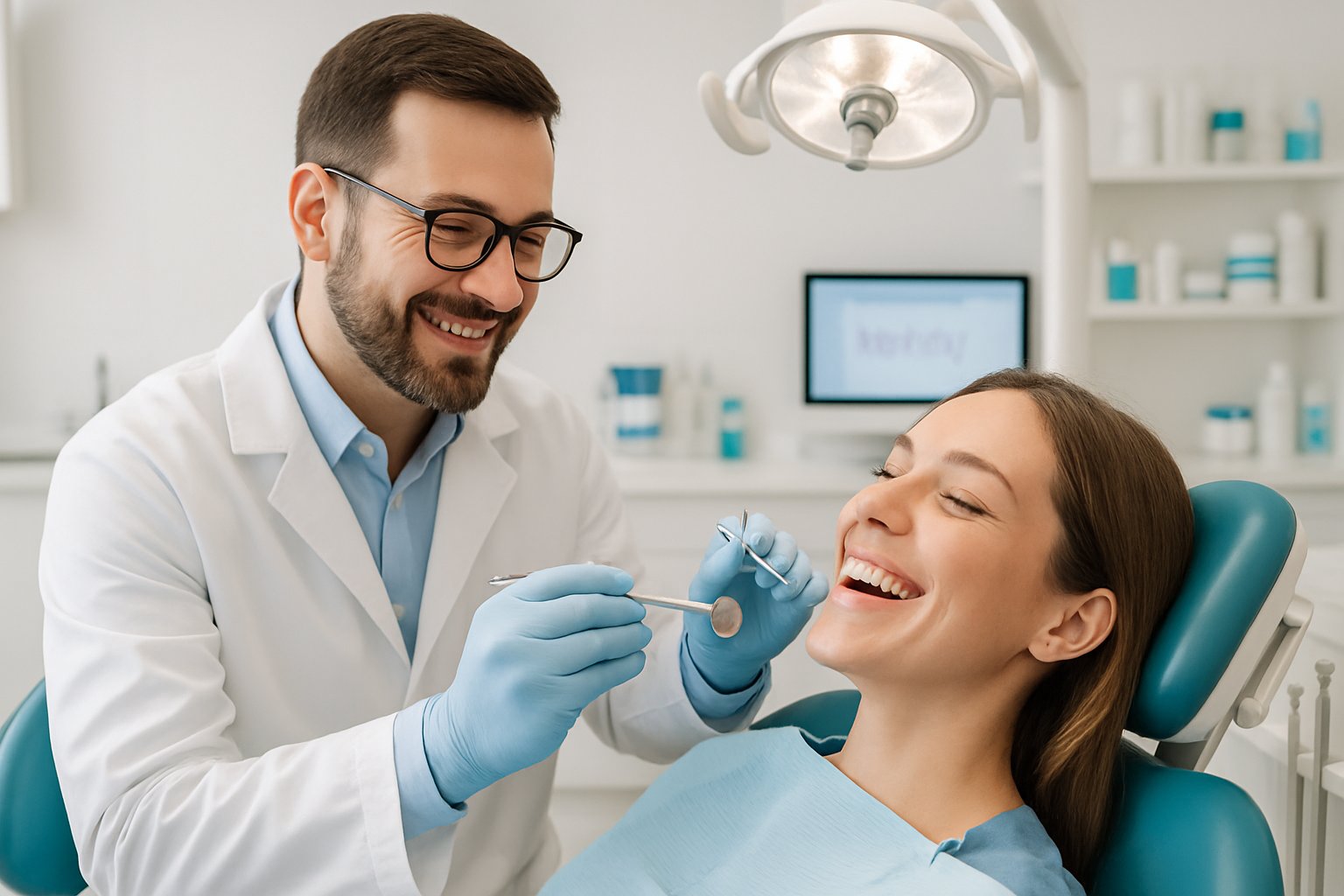
Professional dental cleanings remove plaque and tartar that regular brushing cannot reach. Dental hygienists use special tools to clean below the gum line where bacteria often hide.
Most dentists recommend cleanings every six months. This schedule helps prevent gum disease before it starts.
During a cleaning, the hygienist removes hardened plaque called tartar. Tartar builds up even with good brushing habits. Only professional tools can remove it completely.
Regular cleanings also help catch gum problems early. The dentist can spot signs of gingivitis before it gets worse.
People with existing gum disease may need cleanings more often. Some patients visit every three to four months instead of six.
Professional cleanings reduce inflammation in the gums. They also help prevent bad breath caused by bacteria buildup.
The dentist or hygienist will also check for other oral health problems during the visit. They can give advice on better brushing and flossing techniques.
Skipping regular cleanings allows plaque to build up over time. This leads to more serious gum problems that take longer to treat.
7. Stay hydrated to maintain saliva flow that protects gums

Water plays a key role in keeping gums healthy. When people drink enough water, their bodies produce more saliva.
Saliva acts as a natural defense system for the mouth. It washes away harmful bacteria that can cause gum disease.
Drinking water helps wash away food particles and neutralize acids[12] that build up between teeth and along the gum line. This reduces the risk of plaque formation.
Dehydration leads to dry mouth. Without enough saliva, bacteria multiply faster and stick to teeth and gums more easily.
Adults should aim for eight glasses of water daily. This amount helps maintain steady saliva production throughout the day.
Water also dilutes acids produced by mouth bacteria. These acids can irritate gums and cause inflammation if not flushed away regularly.
People who stay well-hydrated often have fresher breath and healthier gums. Their saliva can better fight off infections that lead to gingivitis.
Drinking water between meals helps rinse away food debris. This prevents particles from sitting on gums where they feed harmful bacteria.
8. Massage gums gently with a soft toothbrush or finger to improve circulation
Gum massage helps blood flow to the gum tissue. Better blood flow brings more nutrients and oxygen to the gums.
People can massage their gums with clean fingers or a soft toothbrush. The pressure should be gentle and not cause pain.
To massage with fingers, people should wash their hands first. They can use circular motions along the gum line for one to two minutes.
A soft toothbrush works well for gum massage too. People should use the bristles to make small circles on the gums. The brush should move slowly and gently.
This massage can be done once or twice each day. Many people do it before brushing their teeth.
Regular gum massage may help reduce swelling in the gums. It can also make gums feel less tender.
The massage should never hurt or cause bleeding. If gums bleed during massage, people should use lighter pressure or talk to their dentist.
Clean tools are important for gum massage. Dirty fingers or toothbrushes can add harmful bacteria to the mouth.
Understanding Gum Health

Healthy gums form the foundation of oral health by protecting teeth and preventing bacteria from entering deeper tissues. People can spot unhealthy gums through specific warning signs, while several daily habits and health conditions directly impact gum condition.
How Gums Protect Your Oral Health
Gums act as a protective barrier around teeth and tooth roots. They create a tight seal that prevents harmful bacteria from reaching the jawbone and other deeper tissues.
The gum tissue contains blood vessels that deliver nutrients to support tooth health. When gums stay healthy, they help keep teeth firmly anchored in place.
Key protective functions include:
- Blocking bacteria from entering tooth sockets
- Supporting tooth stability through attachment
- Providing blood flow to nourish surrounding tissues
- Creating a physical barrier against food particles
Damaged gums lose their ability to form this protective seal. Bacteria can then travel below the gum line and cause infections that affect both teeth and jawbone.
Signs of Unhealthy Gums
Healthy gums should appear pink and firm[13] without bleeding during normal brushing or flossing. Several clear symptoms indicate when gums need attention.
Common warning signs include:
- Bleeding when brushing or flossing teeth
- Swollen or puffy gum tissue
- Bright red or dark red coloring
- Gums that pull away from teeth
- Bad breath that does not go away
- Loose teeth or changes in bite
Healthy gums feel firm to the touch and fit snugly around each tooth. They should not feel tender or cause pain during regular oral care routines.
People who notice any of these symptoms should schedule a dental appointment. Early treatment prevents minor gum problems from becoming serious infections.
Factors That Influence Gum Condition
Poor oral hygiene creates the biggest risk for gum disease. Plaque buildup along the gum line feeds bacteria that cause inflammation and infection.
Daily habits that affect gums:
- Brushing frequency and technique
- Flossing consistency
- Diet choices, especially sugar intake
- Tobacco use in any form
- Teeth grinding or clenching
Health conditions that impact gums:
- Diabetes and blood sugar control
- Hormonal changes during pregnancy
- Certain medications that reduce saliva
- Immune system disorders
- Genetic factors
Stress also weakens the immune system‘s ability to fight gum infections. People under chronic stress often experience more severe gum problems even with good oral care habits.
Age plays a role as gum tissue naturally becomes less resilient over time. However, proper care can maintain healthy gums at any age.
Common Misconceptions About Gum Care
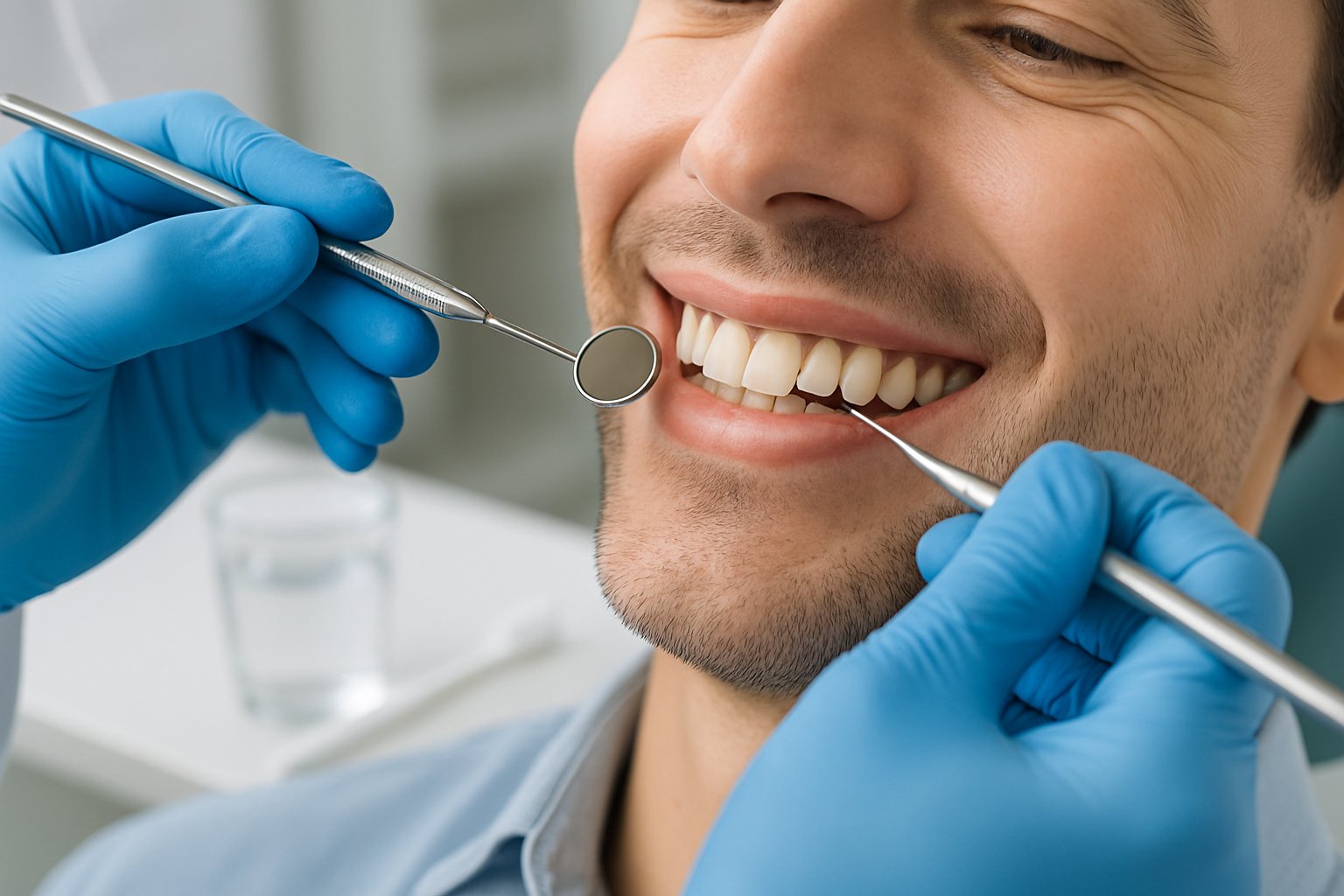
Many people believe untested home remedies can replace professional dental care, while others think diet has little impact on gum health. These misconceptions can lead to worsened gum disease and delayed proper treatment.
Effectiveness of Home Remedies
Oil pulling with coconut oil cannot cure advanced gum disease despite popular claims. While swishing oil may reduce some bacteria, it lacks the mechanical action needed to remove hardened plaque below the gum line.
Salt water rinses provide temporary relief from gum inflammation. However, they do not address the root bacterial causes of gingivitis or periodontitis.
Hydrogen peroxide rinses can irritate already inflamed gums when used incorrectly. Dentists recommend diluted solutions only for specific cases, not daily use.
Baking soda brushing may seem effective due to its abrasive nature. This approach can actually damage tooth enamel and gum tissue over time.
Essential oils like tea tree oil show some antibacterial properties in studies. They work best as supplements to regular brushing and flossing, not replacements for professional cleaning.
Role of Diet in Gum Wellness
Sugar directly feeds harmful bacteria that cause gum inflammation and bleeding. Sticky candies and sodas create prolonged acid exposure that weakens both teeth and surrounding gum tissue.
Vitamin C deficiency leads to scurvy, which includes severe gum problems. However, megadoses of vitamin C supplements do not reverse existing gum disease once proper levels are restored.
Acidic foods like citrus fruits and tomatoes can temporarily soften tooth enamel. This makes gums more susceptible to irritation during brushing immediately after consumption.
Many people think avoiding all carbohydrates improves gum health. Complex carbohydrates from whole grains actually support immune function, which helps fight gum disease-causing bacteria[14].
Calcium-rich foods support jaw bone health but cannot reverse bone loss from advanced periodontitis. Professional treatment remains necessary for serious gum conditions.
Frequently Asked Questions
People often have questions about proper brushing frequency, the role of diet in gum health, and warning signs that indicate dental problems. Understanding correct flossing techniques, mouthwash benefits, and optimal brushing methods helps maintain healthy gums.
How often should I brush my teeth to maintain healthy gums?
People should brush their teeth twice daily to maintain healthy gums. Morning and evening brushing removes plaque buildup that can cause gum inflammation.
Using a soft-bristled toothbrush prevents damage to delicate gum tissue. Hard bristles can scratch and irritate gums, leading to recession and sensitivity.
Each brushing session should last at least two minutes. This gives enough time to clean all tooth surfaces and the gum line properly.
Can diet impact the health of my gums, and what foods are beneficial?
Diet plays a major role in gum health. Foods rich in vitamin C help repair gum tissue and fight infection.
Citrus fruits, berries, and leafy greens provide vitamin C that supports gum healing. Bell peppers and broccoli also contain high levels of this important vitamin.
Antioxidant-rich foods reduce inflammation in the gums. Nuts, fish, and colorful vegetables help fight the bacteria that cause gum disease.
Sugary and processed foods feed harmful bacteria in the mouth. Limiting these foods helps prevent plaque buildup and gum problems.
What are the signs of unhealthy gums and when should I see a dentist?
Red, swollen, or tender gums indicate inflammation and possible infection. Healthy gums should appear pink and feel firm.
Bleeding during brushing or flossing signals gum disease. Even small amounts of blood suggest that gums need professional attention.
Bad breath that does not go away often points to gum problems. Persistent mouth odor can indicate bacterial infection below the gum line.
People should see a dentist immediately if they notice loose teeth or pus around the gums. These symptoms suggest advanced gum disease that needs prompt treatment.
Is flossing essential for gum health, and what is the proper technique?
Daily flossing removes plaque and food particles between teeth where toothbrushes cannot reach. This prevents bacteria buildup that causes gum inflammation.
The proper technique involves using about 18 inches of floss wrapped around the middle fingers. People should leave about two inches of floss to work with.
Gently sliding floss between teeth in a back-and-forth motion works best. Forcing floss can damage gums and cause bleeding.
Curving the floss around each tooth in a C-shape cleans below the gum line. This removes hidden plaque that can cause gum disease.
How do mouthwashes contribute to gum health, and which types are recommended?
Antimicrobial mouthwashes reduce bacteria that cause gum inflammation and disease. These rinses reach areas that brushing and flossing might miss.
Therapeutic mouthwashes containing fluoride help strengthen teeth and fight decay. They also provide extra protection against harmful bacteria.
Alcohol-free mouthwashes work well for people with sensitive gums. These gentler formulas still kill bacteria without causing irritation.
Using mouthwash after brushing and flossing provides the best results. The rinse should be swished for 30 seconds before spitting out.
What is the correct way to brush my teeth for the best gum health?
People should hold their toothbrush at a 45-degree angle toward the gum line. This position allows bristles to clean both teeth and gums effectively.
Gentle circular motions work better than aggressive back-and-forth scrubbing. Too much pressure can damage gums and cause them to recede.
Brushing the gum line removes plaque where it meets the teeth. This area collects bacteria that can cause gum disease if left untreated.
Replacing toothbrushes every three months ensures optimal cleaning. Worn bristles become less effective at removing plaque and debris.
References
- Brushing Your Teeth. https://www.mouthhealthy.org/all-topics-a-z/brushing-your-teeth Accessed October 20, 2025
- Soft-bristled toothbrushes prevent gum damage and irritation. https://www.health.com/condition/oral-health/best-toothbrushes-receding-gums Accessed October 20, 2025
- Dental Floss/Interdental Cleaners. https://www.ada.org/resources/ada-library/oral-health-topics/floss Accessed October 20, 2025
- Flossing. https://www.mouthhealthy.org/all-topics-a-z/flossing Accessed October 20, 2025
- Flossing 101: How To Floss the Right Way. https://health.clevelandclinic.org/how-to-floss-your-teeth Accessed October 20, 2025
- Does mouthwash kill healthy bacteria?. https://health.osu.edu/health/dental-health/does-mouthwash-kill-the-mouths-healthy-bacteria Accessed October 20, 2025
- Antibiotics for Gum Disease: Best Prescription and OTC Options. https://www.emergencydentistsusa.com/antibiotics-for-gum-disease/ Accessed October 20, 2025
- The 12 Best Foods to Eat if You Have Gum Disease. https://askthedentist.com/gum-disease-diet/ Accessed October 20, 2025
- 403 Forbidden. https://www.uhc.com/news-articles/healthy-living/gum-disease-prevention-tips Accessed October 20, 2025
- Gum Health and Tobacco Use. https://www.perio.org/for-patients/gum-disease-information/gum-health-and-tobacco-use/ Accessed October 20, 2025
- Effects of smoking and vaping on oral health. https://www.betterhealth.vic.gov.au/health/healthyliving/smoking-and-oral-health Accessed October 20, 2025
- Why Water is Essential for Oral Health. https://www.dentalhealth.org/the-role-of-hydration-in-oral-health Accessed October 20, 2025
- Are Your Gums Healthy? How To Tell and Boost Gum Health. https://health.clevelandclinic.org/healthy-gums Accessed October 20, 2025
- Myth Busters: Debunking Common Oral Care Misconceptions. https://madebyradius.com/blogs/good-to-know/myth-busters-debunking-common-oral-care-misconceptions Accessed October 20, 2025
